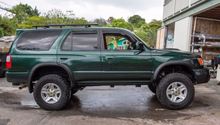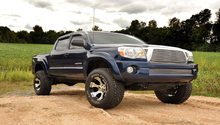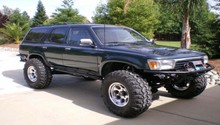Toyota 4Runner, Tacoma, and Tundra: Regretful Modifications
Learn from the mistakes others have made on their Toyota trucks with our "regretful modifications" list, and you might just save yourself from the same terrible decision!
This article applies to the Toyota 4Runner, Tacoma, and Tundra (1984-present).
Regrets are something that we've all had in one way, shape, or form in life. But making regretful modifications on our vehicles can be expensive, annoying, and even downright dangerous sometimes. But even if you don't belong to the local truck club where you can draw on the experience of dozens of others, the wonders of the Internet give us a great resource for learning from the mistakes of others. Here are some of the most popular regretful modifications made by our forum members.
Regretful Modifications
There is essentially no limit to what you can upgrade on your Toyota, thanks to a burgeoning aftermarket and a huge, loyal group of enthusiasts. You can literally choose to go from mild to wild and anywhere in between. But the question is, should you? The desire to upgrade your ride and stand out from the crowd is strong, but Toyota trucks are quite capable (and reliable) from the factory. There are quite a few owners out there who wish they hadn't modified anything at all, oftentimes because those upgrades came at the expense of reliability, part life, or even safety. But if you still have a burning desire to bolt on some upgrades, here are some you might want to avoid.
Aftermarket Air Filters/Cold Air Intakes
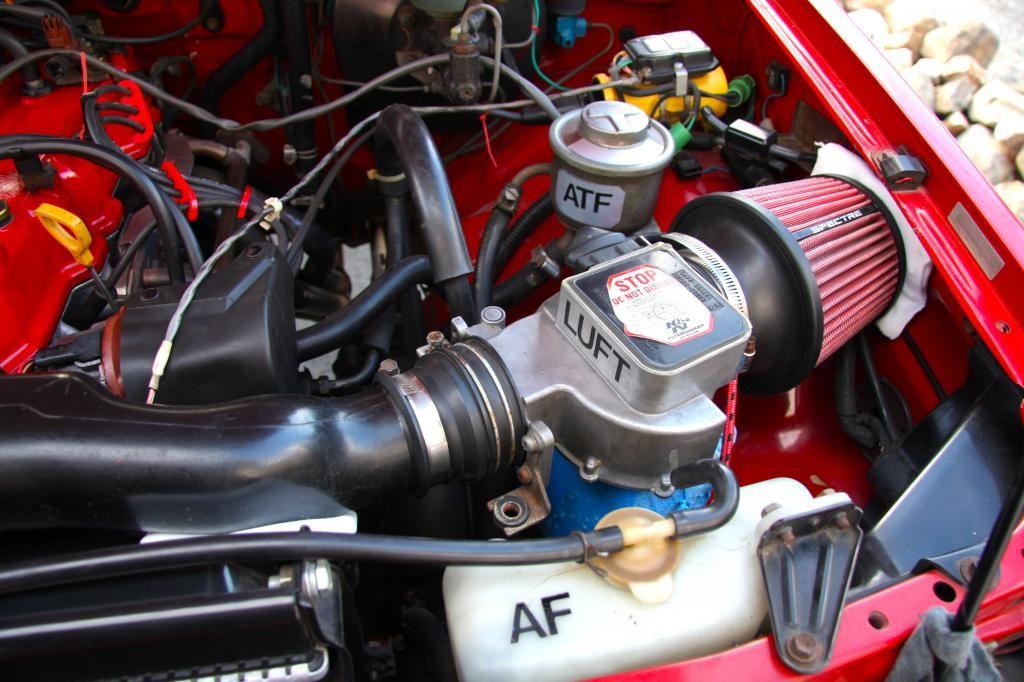
DIY Cost – $50-$300
Professional Cost – $100-$400
Skill Level – Easy; Requires no special tools or mechanical skills to complete.
It sounds so good in the advertisement. All you have to do is bolt in this fancy air filter/cold air intake gizmo and you'll get vastly improved gas mileage and horsepower! But unfortunately, it doesn't really work that way. You might see a slight uptick in power or fuel economy, but not enough to justify the (high) cost of these fancy parts. That's why a lot of Toyota truck owners list fancy aftermarket air filters and cold air intakes as a regretful mod.
Brush Guards, Nerf Bars, etc.
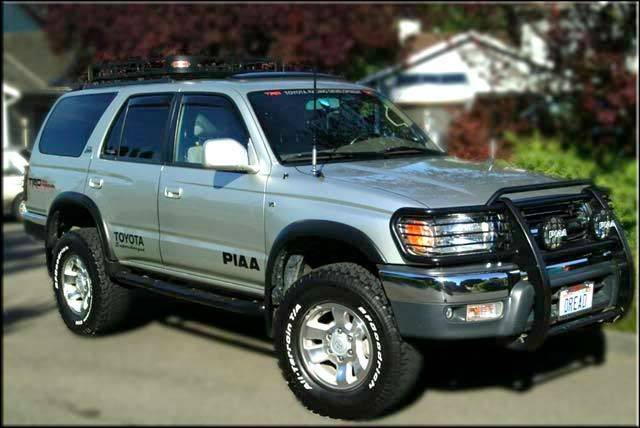
DIY Cost – $150-$300
Professional Cost – $250-$500
Skill Level – Easy; Requires no special tools or mechanical skills to complete.
How serious are you about off-roading? Are you really going to hit the trails and the rocks, get some wheels off the ground, and sling some mud? Or are you more likely to navigate the terrain at your local shopping center? For most, bolting tons of bars on their ride is a real waste of money and time that simply adds weight to the vehicle, hurting performance and gas mileage. Making matters worse, things like nerf bars don't even offer optimum protection like a set of sliders would. So, unless you're going to spend some time navigating trails every weekend, you might want to save your hard earned cash here.
Lift Blocks and Wheel Spacers

DIY Cost – $80-$120
Professional Cost – $200-$300
Skill Level – Easy; Requires only basic mechanical skills and tools to complete.
You know what they say about going cheap. And both lift blocks and wheel spacers offer a cheap solution to common wants, those being "I want to lift my truck" and "I want my wheels to fit right." But, as they say, you generally get what you pay for. Lift blocks are indeed the cheapest way to lift your truck, but they are also sometimes a quick way to break your suspension when you go off road. While some blocks are better quality than others, the idea of a cracked/broken block while driving down the road should scare anybody. The same holds true for wheel spacers. While some are obviously of much better quality than others, do you really want to stick a piece of metal in between your wheel and suspension and rely on it to not break while you're driving down the highway at high speed? The better idea is to just get a wheel/tire combination that fits correctly to begin with.
Related Discussions
- Modifications you regret - YotaTech.com
- Anyone have regrets? - YotaTech.com
- ISR mod: Good idea or bad idea? - YotaTech.com

